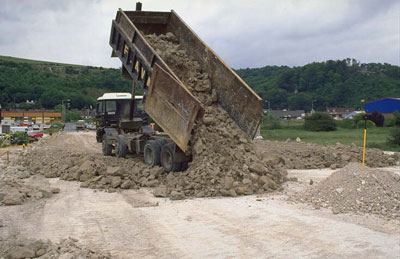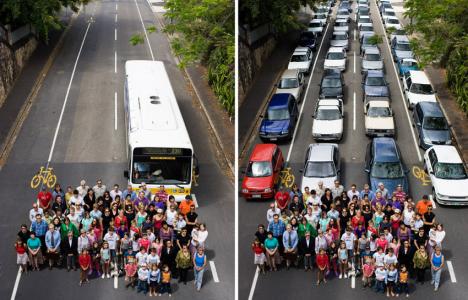It aims to make clear what does sustainable development mean for the Strathclyde region. The study shows that in a complex industrial economy as the Glasgow area, the production of waster exceeds absorbency; therefore, a more balanced relationship between the economy and the natural environment is needed.
Glasgow sustainability indicators show real issues and suggest feasible policy measurer for the region and its policy makers. They also reflect the range of individuals and organisations involved in the issues of sustainable development and the data availability and systematisation for the region and the city.
Indicators are selected around these important themes:
 Indicators for this section are: standards of drinking water, river water, water quality on bathing beaches, and air quality. Since the 1990s, improvement and monitoring actions have been carried out in the Glasgow area in order to meet EU environmental regulations and standards.
Indicators for this section are: standards of drinking water, river water, water quality on bathing beaches, and air quality. Since the 1990s, improvement and monitoring actions have been carried out in the Glasgow area in order to meet EU environmental regulations and standards.
 The section is about the type of land on which new developments take place and the treatment of vacant sites and derelict land. Important issues are land re-using and moving housing from green fields (land without urban use suitable for the use by agriculture or forestry) to brown fields (former urban areas with industrial use as docks or steelworks as well as institutional use like schools or hospitals).
The section is about the type of land on which new developments take place and the treatment of vacant sites and derelict land. Important issues are land re-using and moving housing from green fields (land without urban use suitable for the use by agriculture or forestry) to brown fields (former urban areas with industrial use as docks or steelworks as well as institutional use like schools or hospitals).
 Biodiversity indicates the number of different plants and animal species on the earth. For the Strathclyde region the Sustainability Indicators report examines two key issues: protected areas within the region and threatened bird species.
Biodiversity indicates the number of different plants and animal species on the earth. For the Strathclyde region the Sustainability Indicators report examines two key issues: protected areas within the region and threatened bird species.
 Energy consumption can be regarded as the most basic theme of sustainability, along with the exploitation of renewable energy.
Energy consumption can be regarded as the most basic theme of sustainability, along with the exploitation of renewable energy.
 The section deals with the disposing of domestic and industrial wastes. The Sustainability Indicators report stresses the importance of recycling and instead cutting down on disposing waste in landfills.
The section deals with the disposing of domestic and industrial wastes. The Sustainability Indicators report stresses the importance of recycling and instead cutting down on disposing waste in landfills.
 The theme of transportation calls for a massive reduction in the private car ownership and usage and substantial improvements within the public transport.
The theme of transportation calls for a massive reduction in the private car ownership and usage and substantial improvements within the public transport.
 The study on economy and population makes clear that sustainable development is not simply an environmental issue. The social implications of economic development and the environment are demonstrated by such basic inequality factors as unemployment, people living in poverty, population and household demand, and housing and fuel costs.
The study on economy and population makes clear that sustainable development is not simply an environmental issue. The social implications of economic development and the environment are demonstrated by such basic inequality factors as unemployment, people living in poverty, population and household demand, and housing and fuel costs.
 Social standards and environmental conditions also result in an unfavourable health situation.
Social standards and environmental conditions also result in an unfavourable health situation.
Reference: http://www.eaue.de/winuwd/176.htm
© University of Strathclyde 2009
![]()
